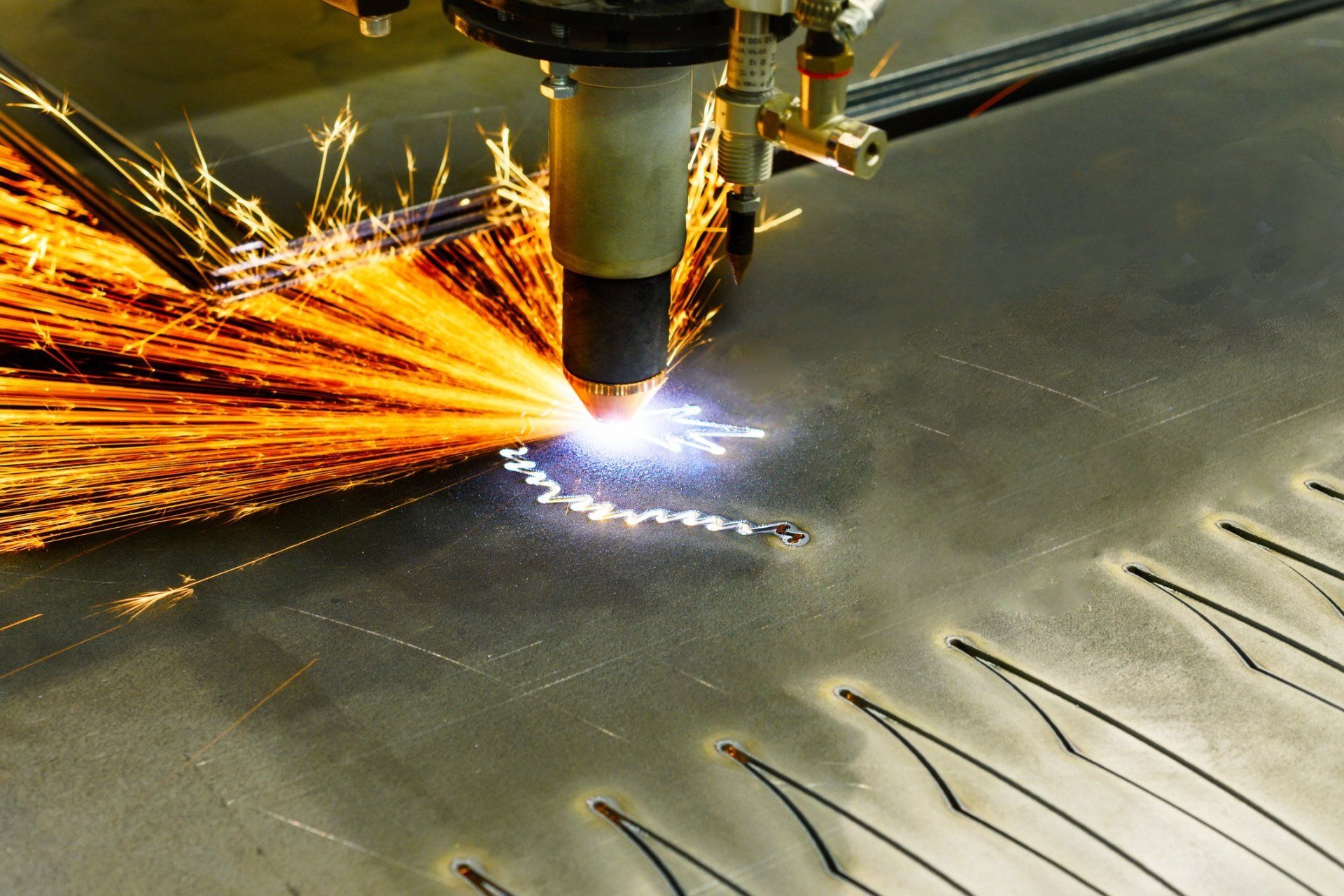The realm of metal fabrication has evolved significantly over the past few decades, thanks to advancements in technology and innovative techniques. One of the most notable developments in this sector is CNC plasma cutting, which has markedly changed the way industries cut metal. This precision technology has not only increased efficiency but also improved the quality of the final products. In this article, we will explore how CNC plasma cutting stands as a revolutionary tool in metal fabrication.
The Rise of CNC Plasma Cutting in Metal Fabrication
CNC plasma cutting is an automated system that combines computer numerical control (CNC) technology with the power of a plasma torch. The result is a machine capable of slicing through metal with incredible precision and speed. Historically, metal cutting was a manual process that required physical labour, was time consuming, and often resulted in inaccuracies. The switch to automation has been a game-changer for the industry.
Accuracy and Consistency
One of the foremost advantages of using CNC plasma systems is the exactitude with which it can cut metal. Unlike manual cutting, there is minimal risk of human error. CNC plasma machines follow precise patterns and designs programmed into their software, cutting with an exceptional level of accuracy. This consistency is vital, particularly when producing multiple pieces that must fit together perfectly in the final assembly.
Speed and Efficiency
Time is a valuable asset in manufacturing and construction. CNC plasma machines can cut at remarkable speeds, significantly reducing the time it takes to produce parts. This increased rate of production allows businesses to complete orders faster and respond more swiftly to market demands.
Versatility and Flexibility
CNC plasma technology is remarkably versatile. It can cut through a variety of metals including steel, stainless steel, aluminium, brass, and copper. Moreover, it can handle different metal thicknesses and complex cutting tasks with ease. The flexibility extends to the ability to quickly switch between cutting tasks, which allows fabricators to work on a wide range of projects without the need for multiple machines.
Cost-Effective Production
Diving deeper into the financial implications, it’s evident that CNC plasma cutting can be a cost-effective solution for metal fabrication shops. The precision of CNC plasma results in reduced waste, as materials are utilised optimally. This conservation of resources is not only good for business but also aligns with sustainable practices. Furthermore, the automation means fewer labour costs and reduced chances of human-related errors, which might lead to costly reworks.
Enhanced Safety
Alongside the efficiency and precision, CNC plasma cutting has enhanced safety measures. Since the process is automated, the operator’s direct contact with the machinery is minimal, reducing risks of injuries that were prevalent in manual cutting. This advancement ensures a safer working environment and contributes to better compliance with health and safety regulations.
READ MORE : Rodent Extermination: Winning the War on Pests
Seamless Integration with Design Software
Another significant aspect of CNC plasma cutting machines is their ability to integrate seamlessly with computer-aided design (CAD) software. This allows for a streamlined workflow from design to production. Technicians can quickly generate or alter designs, which are then fed directly to the plasma cutting machine, ensuring that the final cut is true to the original design.
Key Industries Benefiting from CNC Plasma Cutting
Industries across the board, from automotive to aeronautics, from construction to custom art, have embraced CNC plasma technology. It is particularly useful for producing intricate and repeatable cuts that are essential in manufacturing components for vehicles, machines, and buildings. Moreover, the ability to tackle unique and artistically demanding projects opens new avenues for creative applications.
Keeping Up with Advancements
As technology continues to advance, so does the complexity and capabilities of CNC plasma systems. The latest models include features such as higher cutting speeds, improved software for more intricate designs, and the integration of machine learning for even greater efficiencies.
Challenges and Considerations
Despite the plethora of benefits, there are still challenges and considerations to take into account. Implementing CNC plasma technology requires a substantial initial investment, proper training for operators, and regular maintenance to ensure the machines operate at peak performance.
The Future of Metal Fabrication
The future of metal fabrication is undeniably tied to developments like CNC plasma cutting. As the global demand for precision-engineered products continues to grow, the reliance on CNC plasma systems is likely to increase. The marriage of skilled craftsmanship with advanced technology presents limitless possibilities for innovation in metal fabrication.
Embracing Efficiency and Innovation
Companies looking to stay competitive should consider adopting CNC plasma cutting to maximise efficiency, minimise waste, and offer a higher level of detail and design in their products. It’s a critical investment in the ever-evolving market that demands excellence and precision.
Conclusion
CNC plasma cutting has indisputably transformed the metal fabrication industry. From heightened production speeds to unparalleled accuracy, the benefits of this technology have established it as a cornerstone of modern fabrication techniques. As industries worldwide continue to seek competitive advantages, the role of CNC plasma cutting systems in driving efficiency and stimulating innovation cannot be overstated. For those aiming to revolutionise their metal fabrication capabilities, embracing CNC plasma technology is a strategic move towards ensuring future success.
